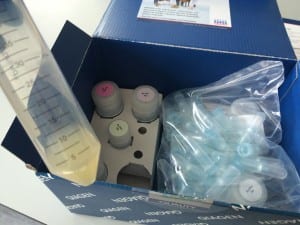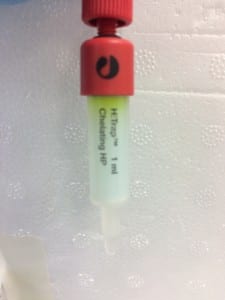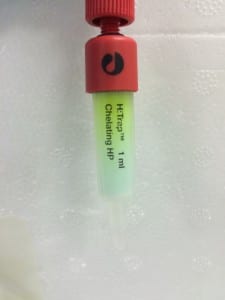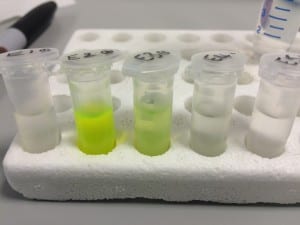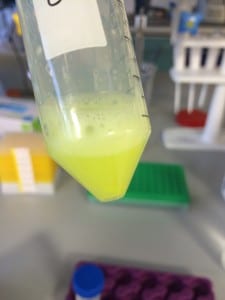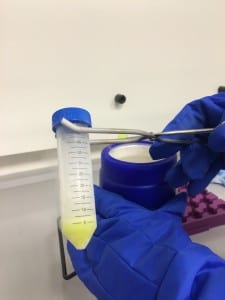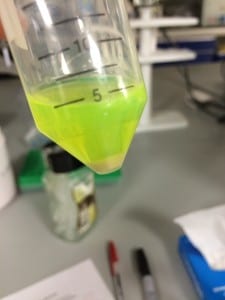Cast your minds back to my post concerning bacterial transformation (or just scroll down, whatever). One thing that I forgot to mention was how I extracted pAG4 from the XL-1 blue bacterial cells once it had been replicated. That’s where this post comes in.
Minipreps were performed on four separate 5ml overnight cultures of pAG4 containing XL-1 blues in LB broth. This procedure requires a number of different reagent additions to ultimately extract pure pAG4 from the cells without damaging the plasmid itself. To do this, the cells need to be separated from the culture medium by means of centrifugation, lysed, and cellular debris needs to be centrifuged out of suspension. Leaving only cellular content, including the plasmid.
The processed samples are then run through Qiagen miniprep tubes. Miniprep tubes contain a filter with an affinity for DNA, which allows for all non-target cellular contents to pass through the tube with the aid of wash buffers. The ‘caught’ DNA is then flushed through the tube and collected. Simple.
The 5ml culture, reagents and miniprep tubes can be seen in the above image.
